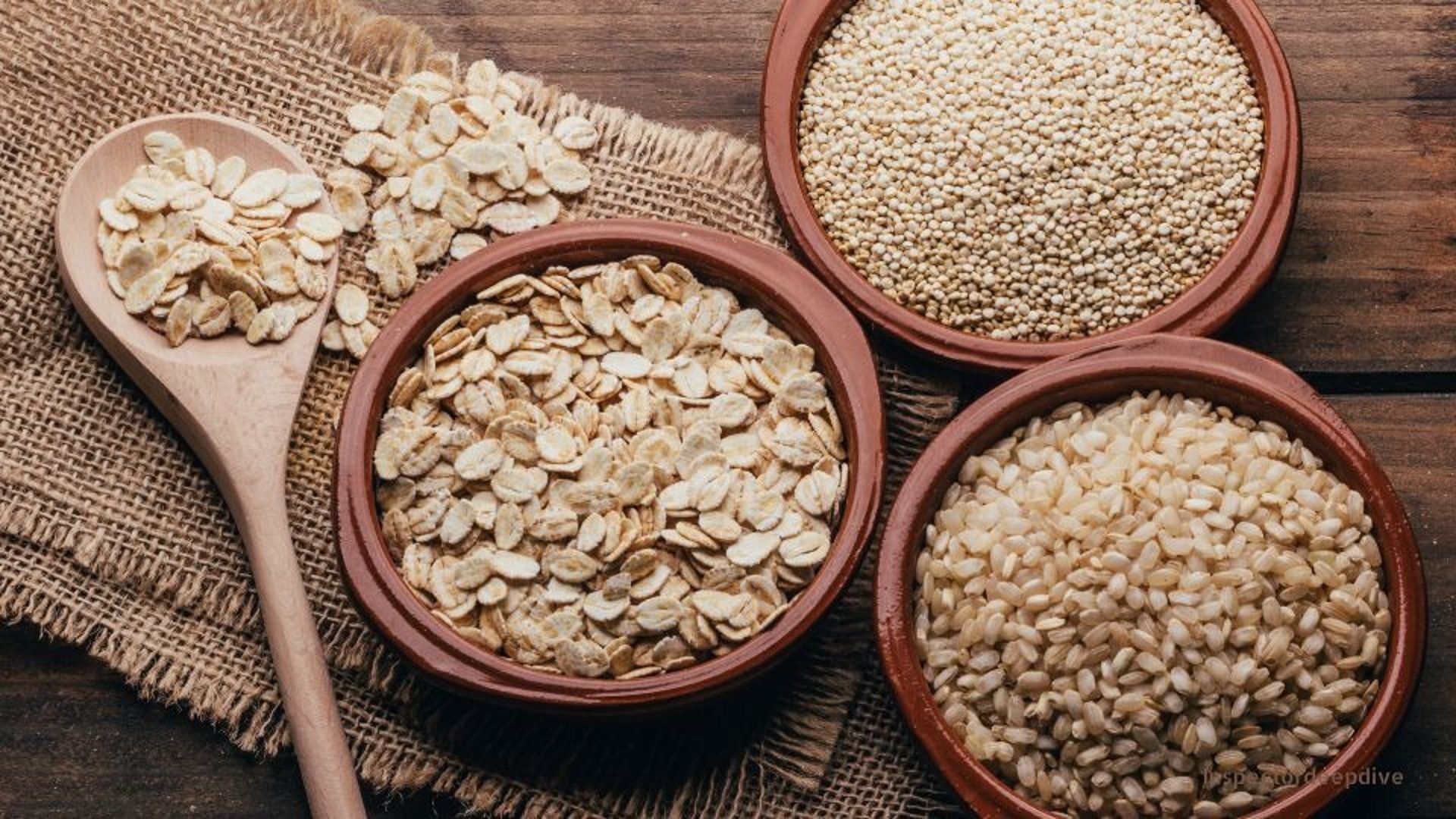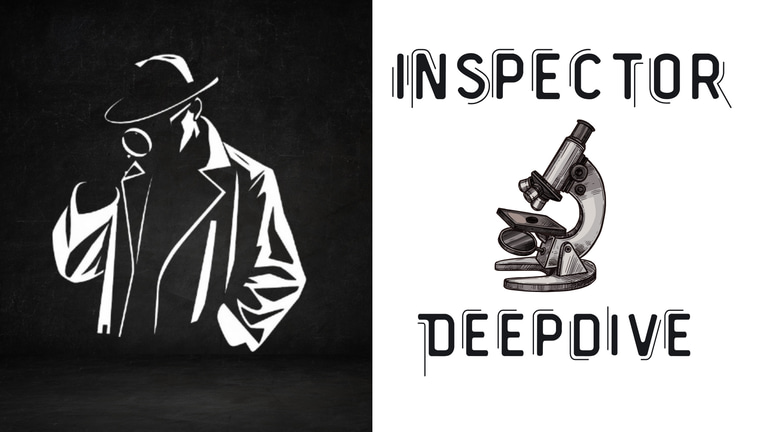Molybdenum: The Trace Mineral That Powers Detox and Enzymes

Molybdenum: The Trace Mineral That Powers Detox and Enzymes
What Is Molybdenum?
Definition: Molybdenum is an essential trace mineral present in small amounts in food and the environment.
Form: In the body it works as part of the molybdenum cofactor that enables specific enzymes to function.
Importance: It is required for a few critical enzyme reactions involved in amino acid metabolism, detoxification, and drug metabolism.
What Does Molybdenum Do to the Body?
Primary role: Molybdenum acts as a cofactor for enzymes such as sulfite oxidase, xanthine oxidase, aldehyde oxidase, and mARC.
Detoxification: These enzymes help break down sulfur-containing amino acids, metabolize purines, and process certain drugs and toxins.
Metabolic impact: Proper molybdenum-dependent enzyme activity prevents buildup of toxic metabolites and supports normal cellular metabolism.
How Is Molybdenum Absorbed?
Absorption: Molybdenum is absorbed efficiently from the gut by a largely passive process.
Bioavailability: Absorption can vary by food source; for example, molybdenum from some soy products is less well absorbed.
Excretion: The kidneys rapidly excrete excess molybdenum in urine, making retention low in healthy people.
Great Food Sources of Molybdenum
Legumes, lentils, beans, and peas:
Among the richest dietary sources of molybdenum.
Common servings of black beans, kidney beans, lentils, and chickpeas provide substantial amounts.
High bioavailability from plant-based sources supports consistent intake.
Whole grains:
Brown rice, oats, barley, and whole wheat products retain molybdenum in the bran and germ.
Processing reduces levels, so whole or minimally refined grains are better sources.
Nuts and seeds:
Sunflower seeds, almonds, cashews, and flaxseeds contribute meaningful amounts.
Often consumed in moderate portions but support daily intake over time.
Organ meats:
Liver (beef, pork, chicken) contains concentrated levels of molybdenum.
Also rich in other essential nutrients like iron, vitamin B12, and selenium.
Dairy products:
Milk and yogurt provide smaller but consistent amounts per serving.
Contribute to daily intake, especially in diets with regular dairy consumption.
Cereals and fortified grains:
Many breakfast cereals and grain products contain molybdenum naturally or through enrichment.
Whole grain and high-fiber options tend to have higher levels.
Vegetables:
Leafy greens, tomatoes, carrots, and potatoes contain modest amounts.
Levels depend on soil content and growing conditions.
Soil dependence:
Molybdenum levels in plant foods are influenced by soil concentration.
Crops grown in molybdenum-rich soils have higher levels, though typical diets provide adequate amounts across most regions.
Practical note:
Molybdenum is widely distributed in common foods.
Deficiency is extremely rare in healthy individuals consuming a varied diet.
No supplementation is needed for the general population.
How Much Molybdenum Do You Need?
Recommended intake: Typical adult recommendation is about 45 micrograms per day.
Daily value context: Most people in varied diets meet or exceed this amount through food.
Upper limit: Intakes above about 2,000 micrograms (2 mg) per day are considered potentially unsafe for adults.
Signs You’re Getting Enough Molybdenum
Clinical sign: Normal metabolism of sulfur amino acids and normal uric acid production.
Practical sign: No unusual sensitivity to certain foods or unexplained metabolic markers associated with molybdoenzyme failure.
Signs of Molybdenum Deficiency
Rarity: Dietary deficiency is extremely rare in healthy people.
Possible signs: In documented deficiency cases, symptoms included metabolic disturbances, neurological problems, and impaired breakdown of sulfur compounds.
Severe genetic form: Molybdenum cofactor deficiency is a rare inherited disorder that causes severe neurological damage in infants.
How Long to Fix a Deficiency?
Short timeline: Biochemical abnormalities in reported cases improved within days to weeks after appropriate molybdenum administration.
Recovery variable: Full clinical recovery depends on cause, severity, and whether damage was reversible.
Supplements: What You Should Know
Forms available: Sodium molybdate, ammonium molybdate, and chelated molybdenum in multivitamins.
Typical doses: Supplements commonly provide 50 to 500 micrograms per serving.
When to use: Only use supplements if a clinician advises them, for example with documented deficiency or specific clinical need.
Risks of Too Much Molybdenum
Short-term risk: Large occupational or environmental exposures are the main source of toxicity.
Potential effects: Very high intakes have been linked to joint pain, elevated uric acid, and gout-like symptoms in populations with excessive soil levels.
Mineral interactions: Excess molybdenum can interfere with copper metabolism in some animals; human risk is low but worth monitoring at very high intakes.
Who May Benefit Most from Supplements?
Target groups: People on long-term total parenteral nutrition without molybdenum added, and individuals with confirmed deficiency.
Rare clinical use: Certain inherited enzyme defects require specialist treatment rather than routine supplementation.
General population: Most people do not need a molybdenum supplement.
Medication Interactions
Therapeutic agents: Tetrathiomolybdate is used clinically to lower copper and has distinct effects; it is not the same as dietary molybdenum.
Drug metabolism: Molybdoenzymes contribute to metabolism of some drugs, so changes in molybdenum status could theoretically alter drug handling.
Advice: Tell clinicians about supplements and significant exposures if you have complex medication regimens.
Lifestyle Factors Affecting Molybdenum Absorption
Diet composition: High soy intake may reduce molybdenum bioavailability from that food.
Mineral balance: Extremely high intakes of related elements in unusual circumstances could affect molybdenum or copper handling.
Kidney function: Impaired renal function can alter molybdenum excretion and elevate levels.
Seasonal & Lifestyle Variations
Soil influence: Molybdenum content in plants depends on soil levels, which vary by region and season.
Diet changes: Shifts toward more legumes and whole grains increase intake; periods of limited food variety could reduce it.
Cooking & Storage Effects
Stability: Molybdenum is a mineral and is generally stable to cooking and storage.
Leaching: Cooking in large volumes of water can move soluble minerals into the cooking liquid, so retained food and cooking liquid together reflect total intake.
Processing: Highly processed foods may lose some trace minerals or provide variable amounts depending on ingredient sources.
Common Myths About Molybdenum
Myth: Everyone needs supplements to get enough.
Reality: Most people get adequate molybdenum from a normal varied diet.
Myth: More is always better.
Reality: Very high intakes can cause problems and are unnecessary for most people.
Fun Facts
Natural cycles: Molybdenum is important in global nitrogen and sulfur cycles and supports enzymes across many life forms.
Tiny but essential: The body needs only microgram amounts, yet the mineral enables key detox and metabolic reactions.
Soil story: Plants concentrate molybdenum from soil, so regional diets can change intake substantially.
Environmental & Sustainable Sources
Soil-driven supply: Sustainable soil management and crop diversity influence molybdenum content in food crops.
Agricultural note: Legume-friendly systems that return organic matter to soil help maintain trace mineral balance.
Testing: In regions with unusual soil chemistry, monitoring may be useful for food safety and nutrition.
Special Groups & Unique Needs
Infants on TPN: Those receiving long-term parenteral nutrition must have trace elements, including molybdenum, added to solutions.
Genetic disorders: People with molybdenum cofactor deficiency require specialist care and targeted therapies.
Kidney disease: Discuss with a clinician because excretion and levels may change.
How to Track Your Molybdenum Intake
Food tracking: Focus on servings of legumes, whole grains, nuts, and organ meats when logging intake.
Product labels: Most foods do not list molybdenum, so use food composition databases or diet apps that include trace minerals.
Clinical tests: Urinary molybdenum reflects recent intake but is not a standard status test; consult a clinician when concerned.
Summary
Key point: Molybdenum is an essential trace mineral that supports a handful of enzymes central to amino acid metabolism, detoxification, and drug processing.
Dietary approach: A varied diet with legumes, whole grains, nuts, and modest amounts of animal foods typically provides enough.
Supplement caution: Supplements are rarely needed and should be used only under clinical advice because very high intakes can cause adverse effects.
info@inspectordeepdive.com
© 2025 food.InspectorDeepDive.com. All rights reserved. Content may not be copied or republished without permission.
This article is for informational purposes only. InspectorDeepDive.com does not provide medical advice. Always consult a licensed healthcare provider before making dietary or health decisions.
